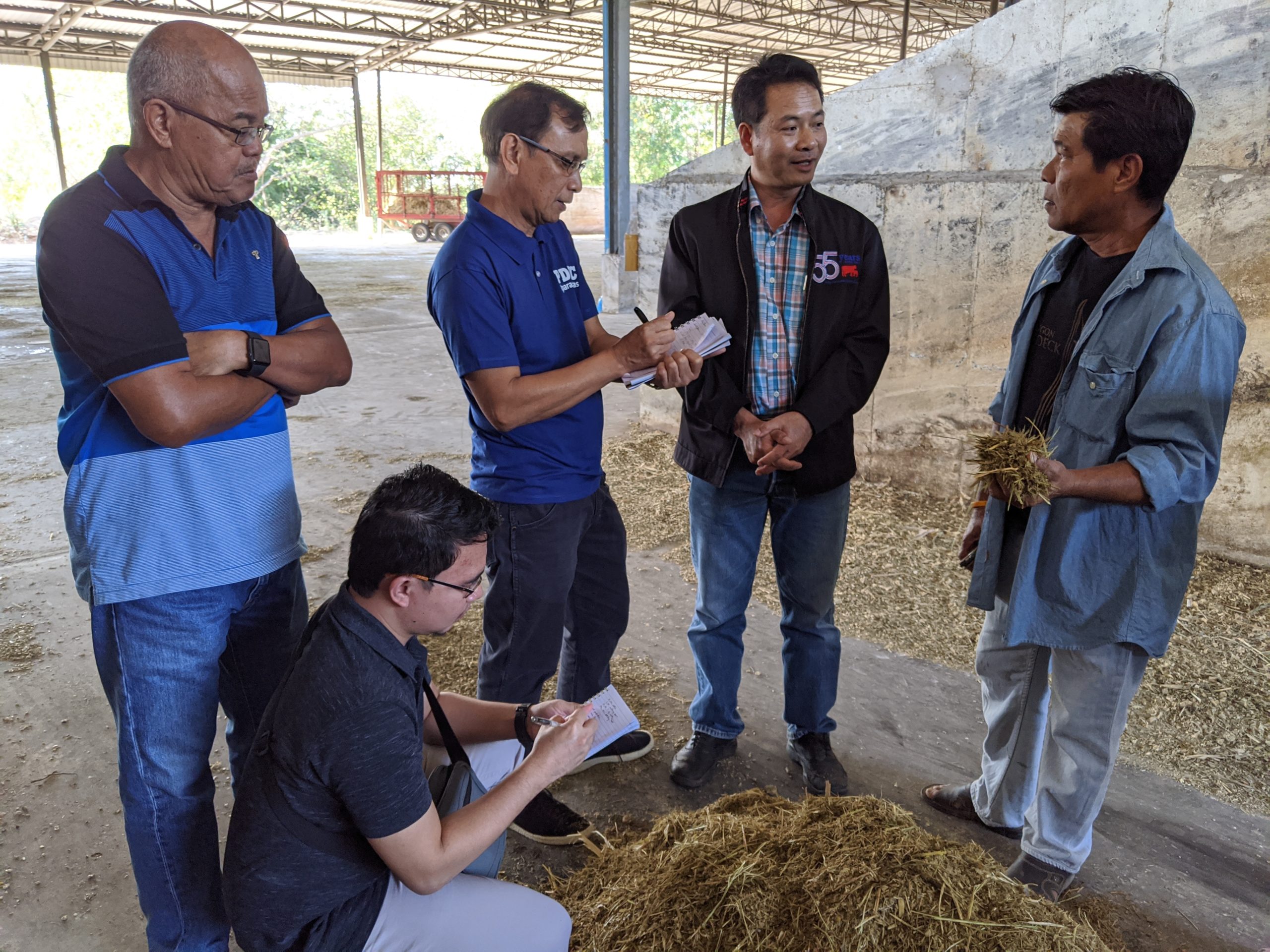

Four project personnel under the DOST-PCAARRD funded R&D project, “Development of Farm-Specific Precision Feeding System and Forage Production Protocols for Increased Productivity and Profitability of Dairy Farms” participated in a five-day benchmarking of dairy and TMR operations in Thailand. Project leader, Menandro Loresco, and project staff members Dr. Cesar Sevilla, Christian Lualhati, and Gerard Guadayo participated in the activity which was organized by the Dairy Farming Promotion Organization (DPO) of the Thailand Ministry of Agriculture and Cooperatives. The main objectives were to evaluate the efficiency and profitability of feeding total mixed rations (TMR) in dairy cattle herd and to apply the learnings to the project and possibly extend their potential application to the local dairy sector. The travel covered the period December 2-6 in Saraburi Province, Thailand. Mr. Nawanon Chantaprasarn, chief of the Dairy Development Division of the Dairy Research and Development Department of DPO served as the coordinator.
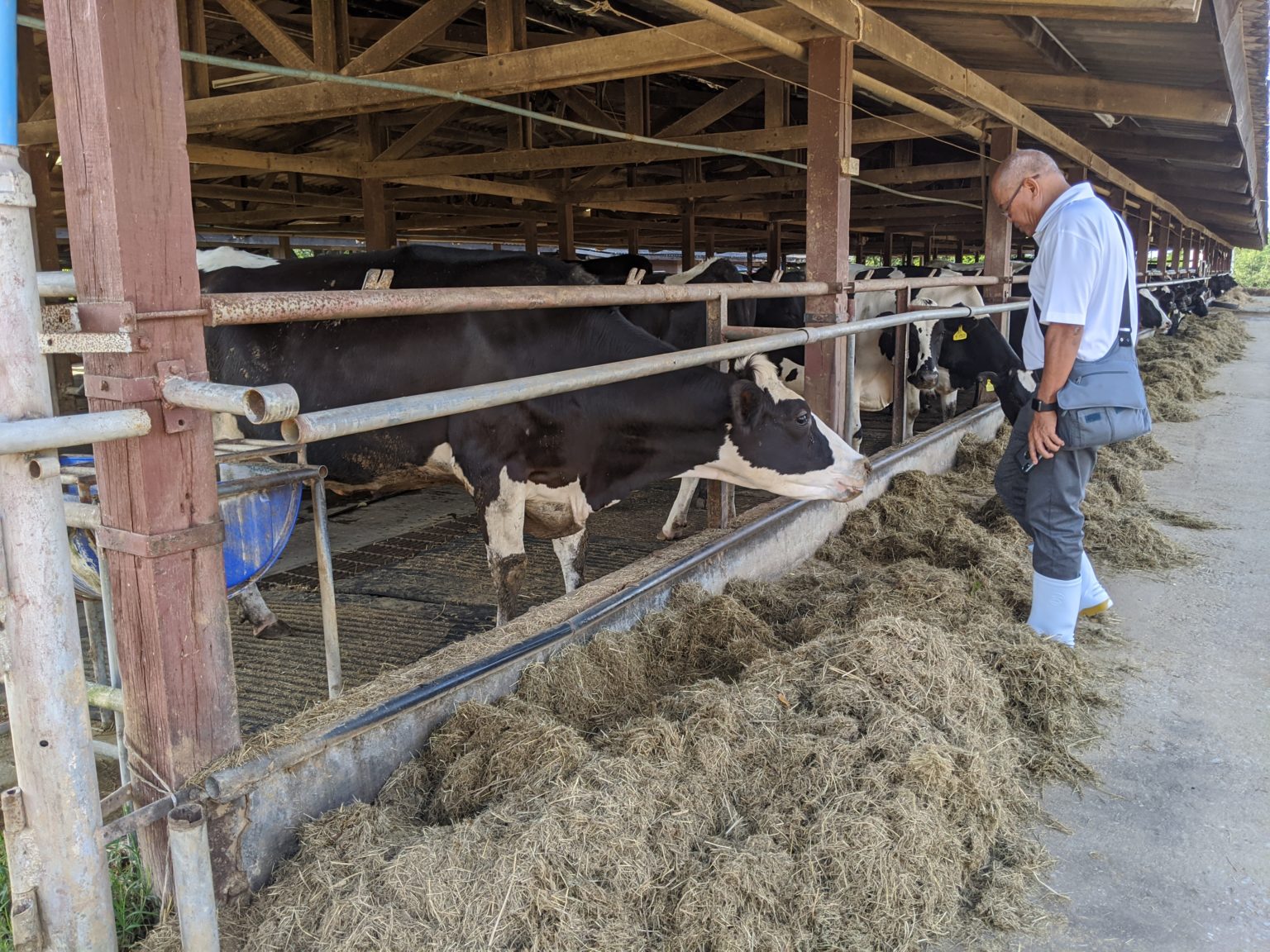
During this activity, the participants observed and studied the system of feeding of dairy cattle in select dairy cooperatives and farms in Saraburi, Thailand. It was observed that in order to maximize income over feed cost, some of the Thai dairy cooperatives produce TMR in large volumes daily to supply the feed requirement of about 10% of their members. The average daily milk production of cows in the visited dairy farms, which are members of these cooperatives, ranged from 12-14 L per day with a lactation period of 10 months. One of the members reported that his income over feed cost from a cow producing 19-20L of milk per day can be as high as 200 Baht (equivalent to 339 PhP) per day when using TMR. The concentrate component of the TMR that they produce has roughly the same formula as ours which is basically corn and agro-industrial protein source-based mixture. The roughage component consists of corn silage, rice straw, grass silage/hay, and soya pulp.
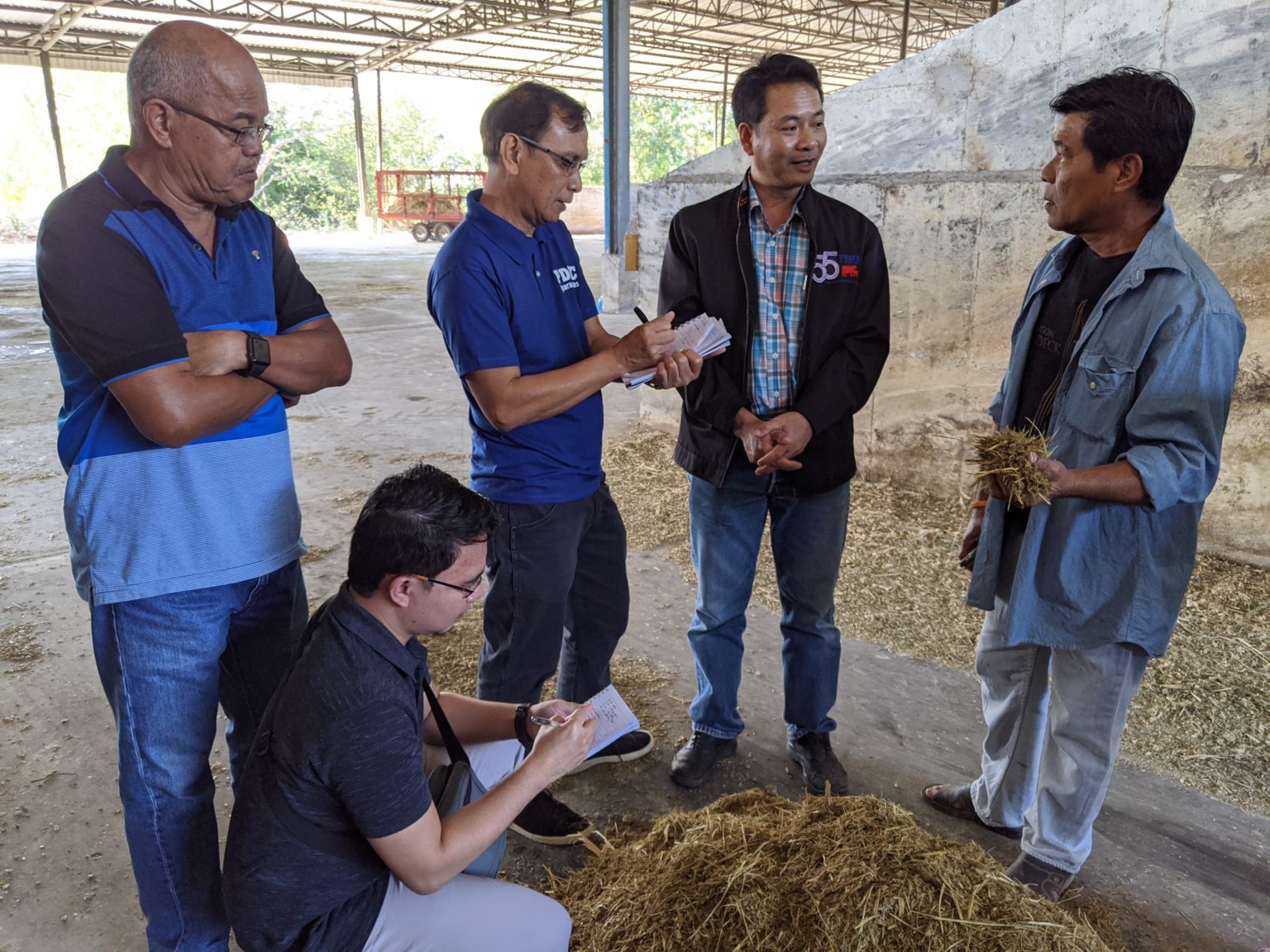
One of the main reasons for the viability of dairy farming in Thailand is the strong support from their Ministry of Agriculture and Cooperatives to the dairy cooperatives. Most of the vital TMR production and milk processing equipment and facilities being used by the dairy cooperatives were donated by or loaned from the Ministry. Because of this, the members are able to procure high quality and formulated TMR daily at a very reasonable price. This scheme reduces the farmers’ workload and allows them to focus on feeding the cows and in harvesting and transporting the raw milk to the cooperative’s processing plant for steady profits. In addition, some of the Thai dairy cooperatives maintain a replacement heifer rearing program wherein female calves are bought from the members and reared until sexual maturity. The farmers then have the option to purchase them back as replacement heifers. This system further enhances the efficiency and profitability of the farms as they only need to focus their resources to productive animals.
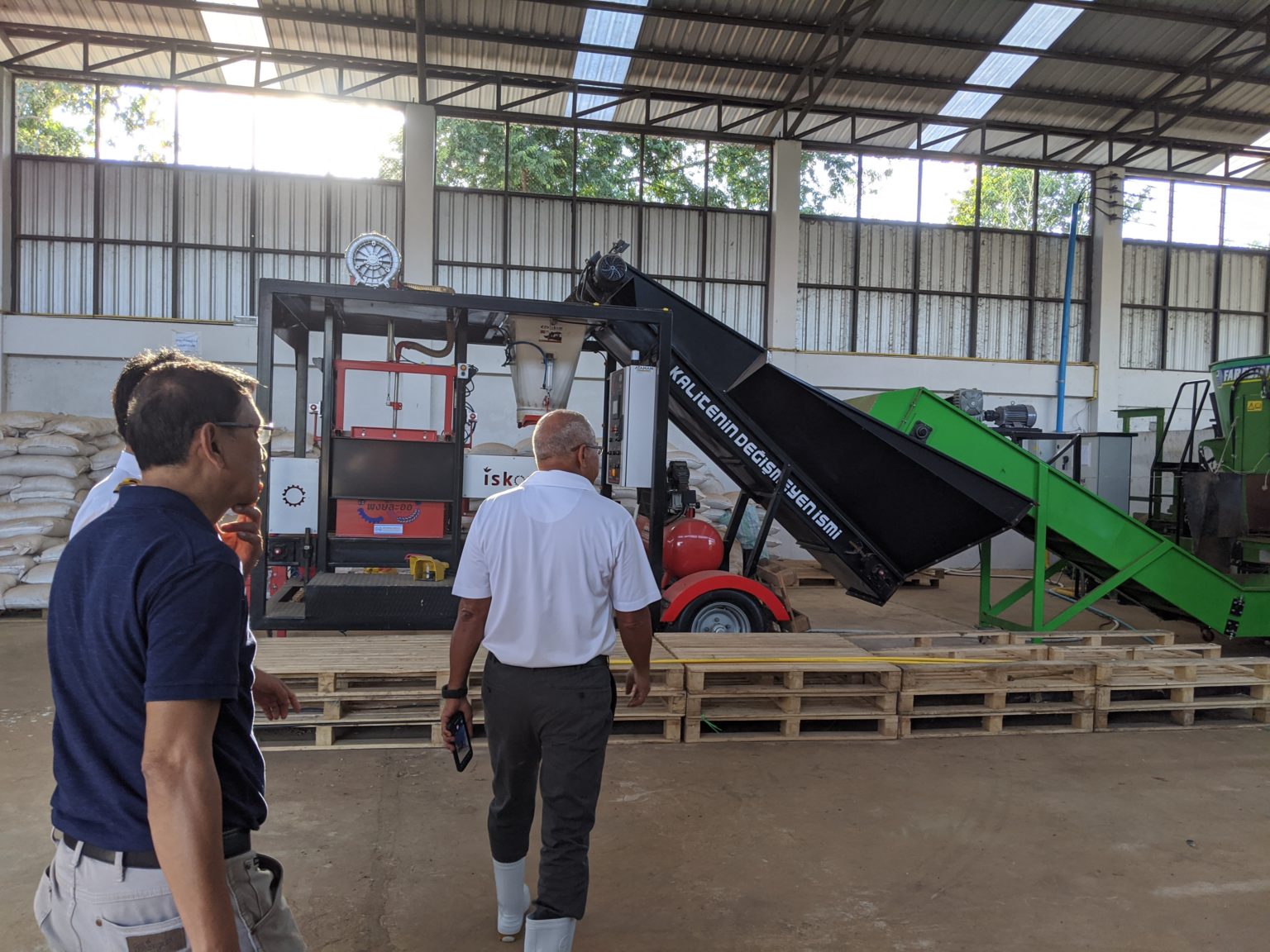
In addition to the strong government support, another advantage of the Thai dairy industry over that of the Philippines is the much cooler weather which is more conducive to dairy farming and reduces the incidence of heat stress to dairy cattle with genotypes coming from temperate breeds like Holstein. However, in terms of the feed resources that they use in the production of the TMRs, Thailand is comparable to the Philippines. The basal/macro ingredients that Thai dairy producers use include corn silage, rice straw, Guinea and Napier grass hay/silage, cassava chips, soya pulp, ground corn, and soybean meal. Except for soybean meal, which is largely imported, the major raw materials in the production of TMR in Thailand are all available in our country. This means that if proper feed production and conservation techniques are applied, it is possible for us to produce TMR on a large scale and sustain the year-round TMR manufacture for consistent feeding of quality ration to dairy animals. Couple this with systems that assist the members such as the replacement heifer scheme from the dairy cooperatives and the local dairy sector will hopefully attain significant growth in the years to come.



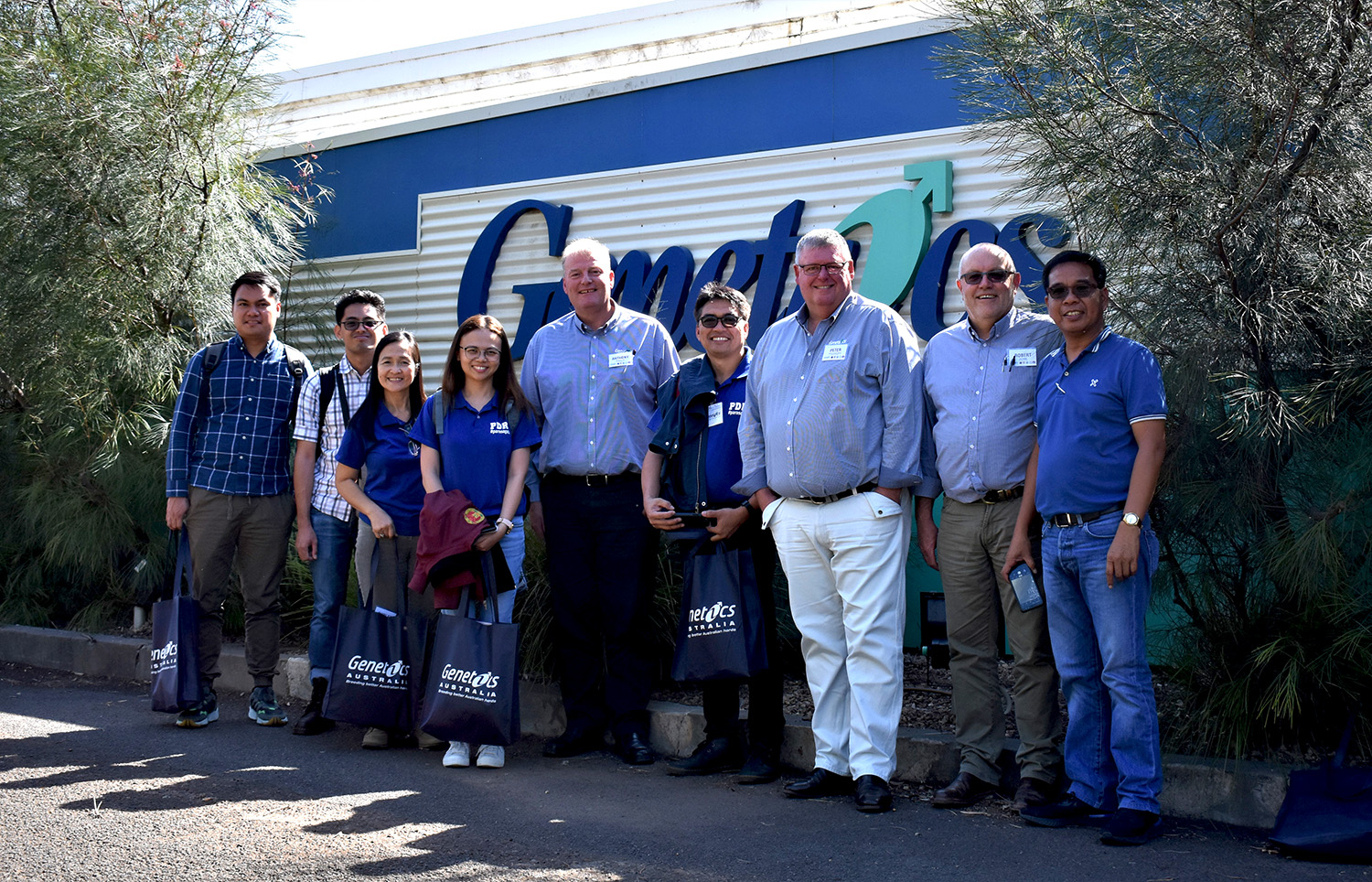
No comment yet, add your voice below!